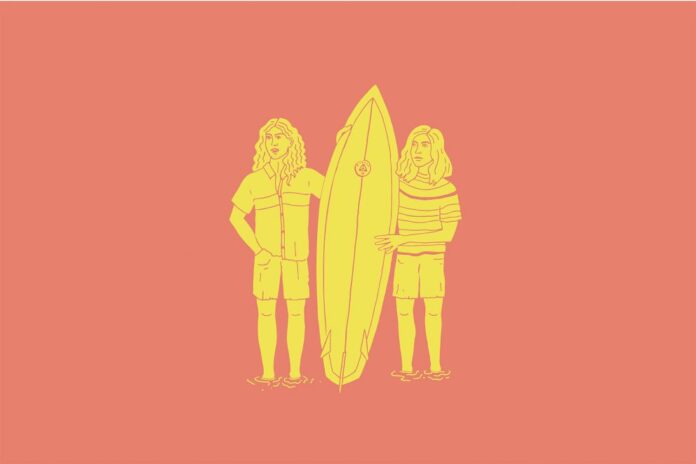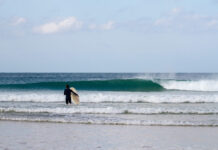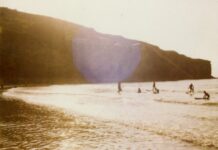Who Was Involved?
Credited by Simon Anderson himself as being the forerunners of tri-fin boards, brothers Malcolm and Duncan Campbell were part of the second generation of Shortboard Revolution surfer-shapers. Born in 1952 (Malcolm) and 1955 (Duncan) in Santa Monica, California, the brothers took up surfing in 1965, moving to Oxnard, California a year later. They began making surfboards as teenagers, partially encouraged by their father, who also partook in the brainstorming process of the three-fin setup and suggested the name “Bonzer” for the new model the brothers gave birth to only two years later, aged 18 and 15, respectively.
Ahead of their time in terms of board-making, their outright pursuit for radical surfing and progressive approach to design was contrasted by their modest personality which, contrary to many exuberant characters in the world of surfing at the time, might have influenced the dissemination of their design innovations, but never really affected their resolve. After shaping the first Bonzer in 1970 and refining the model until its first official appearance in 72, they continued to explore the concept, coming up with a five-fin version in 82. Later, Duncan opened a cafe in the North Shore, Hawaii, whilst Malcolm carried on shaping in California.
Design Details
Template-wise, the Bonzer doesn’t strike as being overly experimental. At first, its idiosyncratic feature was its three-fin arrangement: two keel-shaped, shallow (~2 ¾”), long-base (~9 ½”) side fins pointed almost directly to the nose, placed roughly 1 ½ inches from the rails and 11 inches from the tail, just ahead of the centre fin, which was 6 ½ – 8 inches tall. This setup, particularly the placement and depth of the side fins, optimised the use of energy provided by water flowing through the tail of the board. On the one hand, it allowed the fin on the external rail to easily enter and exit the water during turns, facilitating rail-to-rail movement, whilst the internal fin, laying almost vertically against the water’s surface, supported the central fin with a bit more lateral resistance, thus providing more stability.
Later refinements, mostly directed at enhancing speed through flat spots and delivering more drive out of turns, caused the bottom contour of the Bonzer to change from the standard flat bottom of the day to a radical and deep single-to-double concave. The parallel double concave, hewn towards the tail area, was designed to work together with the fins: they created a complementary set of channels that, due to the tendency water has to adhere to curved surfaces, decreased resistance around the fins and redirected the water that flows across the bottom through the tail slingshot-like, thus diminishing the loss of energy and propelling the board during and after turns. Especially when riding on their back foot, surfers could now draw wider as well as sharper arcs and hold their line while performing more radical turns in larger surf.
Specifications
| Avg Minimum | Avg Maximum | ||
| Length | 5’8” | 6’8″ | |
|
Width |
Nose | 12” | 12 1/2” |
| Midpoint | 19 1/4” | 21 ½ ” | |
| Tail | 8” | 10” | |
| Thickness | 2 ½” | 3” | |





